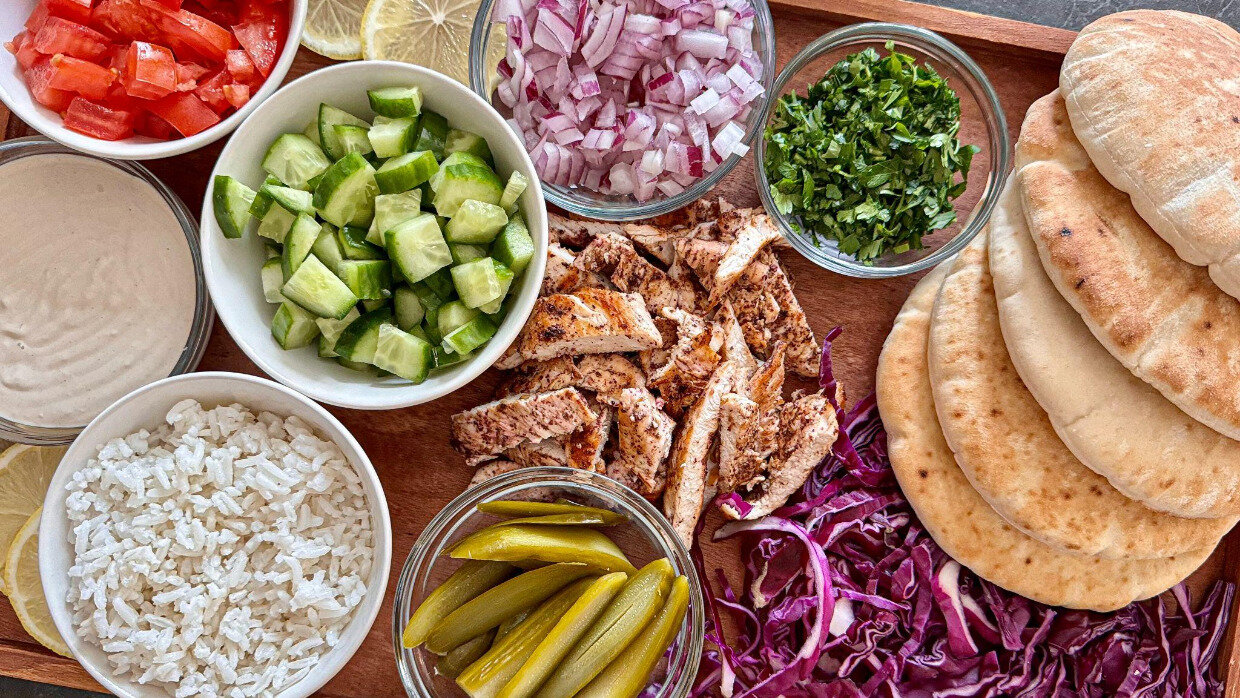Reach into your pantry and you will most likely find a can of the iconic Heinz Vegetarian Baked Beans. It’s a popular cookout side dish, the perfect add-in with franks in (franks and beans) and its vegetarian status means it contains no meat as many other types of baked beans commonly do. You might not know, however, that this humble legume was a trailblazer in the world of kosher food.
The 20th century Jewish community saw tremendous growth in population and with that came two interesting camps in food choices. There were those who wanted to assimilate and strayed from the traditional dietary laws, while others found adherence to be non-negotiable. It was a fear of losing more Jewish people to the first camp, according to Roger Horowitz who authored Kosher USA, that Orthodox Jew and chemist, Abraham Goldstein “devoted his life to strengthening the capacity of Jewish organizations to enforce kosher law”. It was he, who Horowitz credits for developing the Orthodox Union’s kosher certification program.
Goldstein was also instrumental in creating the OU’s division that managed the mashgichim, a group of kosher inspectors whose authority in the Jewish community was irreproachable. They helped Jewish consumers navigate which items were definitely kosher and which were treif. Until this time, the Jewish consumer had no way of telling from an innocuous can if the item had come in contact with non-kosher foods. The days of going to your butcher for meat and the specialty store for commonplace items was giving way to large scale supermarkets where uncertainty reigned. Many companies ignored this burgeoning community, but not courting those who followed the laws of Kashrut was a big misstep for food manufacturers, as by 1924, the Jewish population in America swelled to more than four million.
H.J. Heinz was a savvy businessman, and it was not lost on him that by not labeling their inherently kosher products as such was foolish. It was a conversation with Heinz that Goldstein orchestrated an agreement, to debut the newly designed Ⓤ on their vegetarian baked beans.

Prior to Heinz sporting the OU logo that is recognizable today, the Loose-Wiles Biscuit Co sold their kosher crackers where a complex seal featured the OU insignia in Hebrew. Heinz encouraged the Orthodox Union to simplify the logo. The beans were advertised as being strictly pareve (not meat or dairy), with a cartoon etched homemaker arms outstretched, doing her best Vanna White impersonation, noting in the copy that they are perfect for both fleishig and milchig meals (meat and dairy in yiddish). The ad pointed to the OU seal and much as Good Housekeeping was the mark of a verifiably reliable home product, Heinz touted the Orthodox Union seal as an endorsement and assurance of the food being fit and proper. They even employed an additional layer of Jewishness by adding that these beans were A “mechaya” Yiddish for “resurrection” colloquially something that is a pure delight. With a fair amount of hyperbole, they credit that sense of pleasurable enjoyment to the “famous Aristocrat tomato sauce.”

Canned baked beans were a far cry from what the Native Americans or the proper British used to consume. Those traditionally started with dried beans, usually navy, that would be soaked overnight, gently stewed and then slow baked. Think cassoulet meets cholent. Often sweet ingredients like maple syrup, brown sugar or molasses were added or for a heftier version, pork or bacon was introduced. The beans would create a filling and complex dish. The beans that Heinz produces are not baked, but rather steamed in the fancy schmancy aforementioned tomato sauce. They went from an artisanal dish to one of America’s dependable convenience foods. Once it bore the kosher symbol, it became a go-to for the observant Jewish homemaker and led the way for other manufacturers to follow suit and carry convenience foods with the kosher seal. So next time you dig into a heaping plate of franks and beans, know that you are eating a piece of Jewish American history, in a savory sauce that will certainly feel like you are worthy of a coronation.















